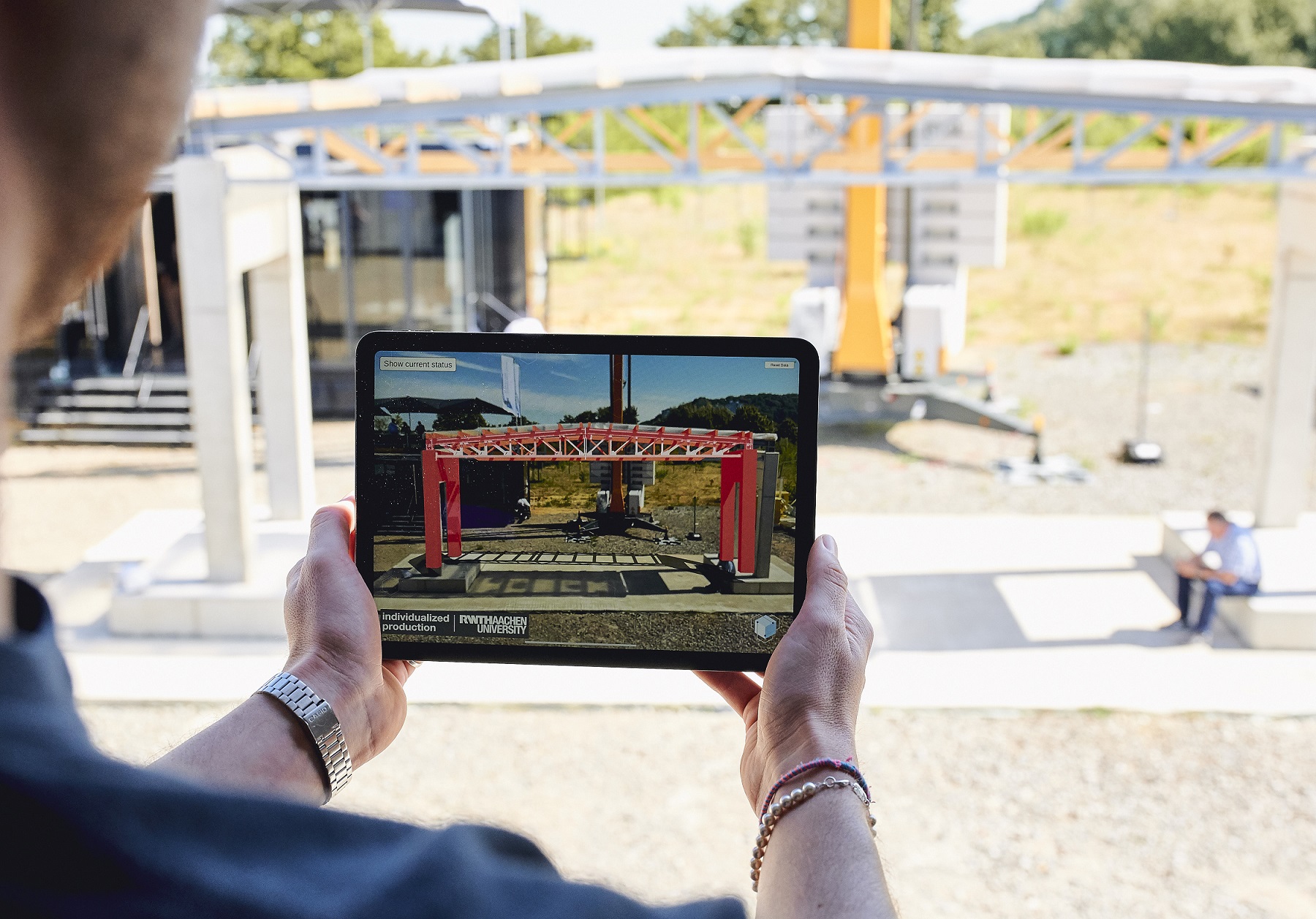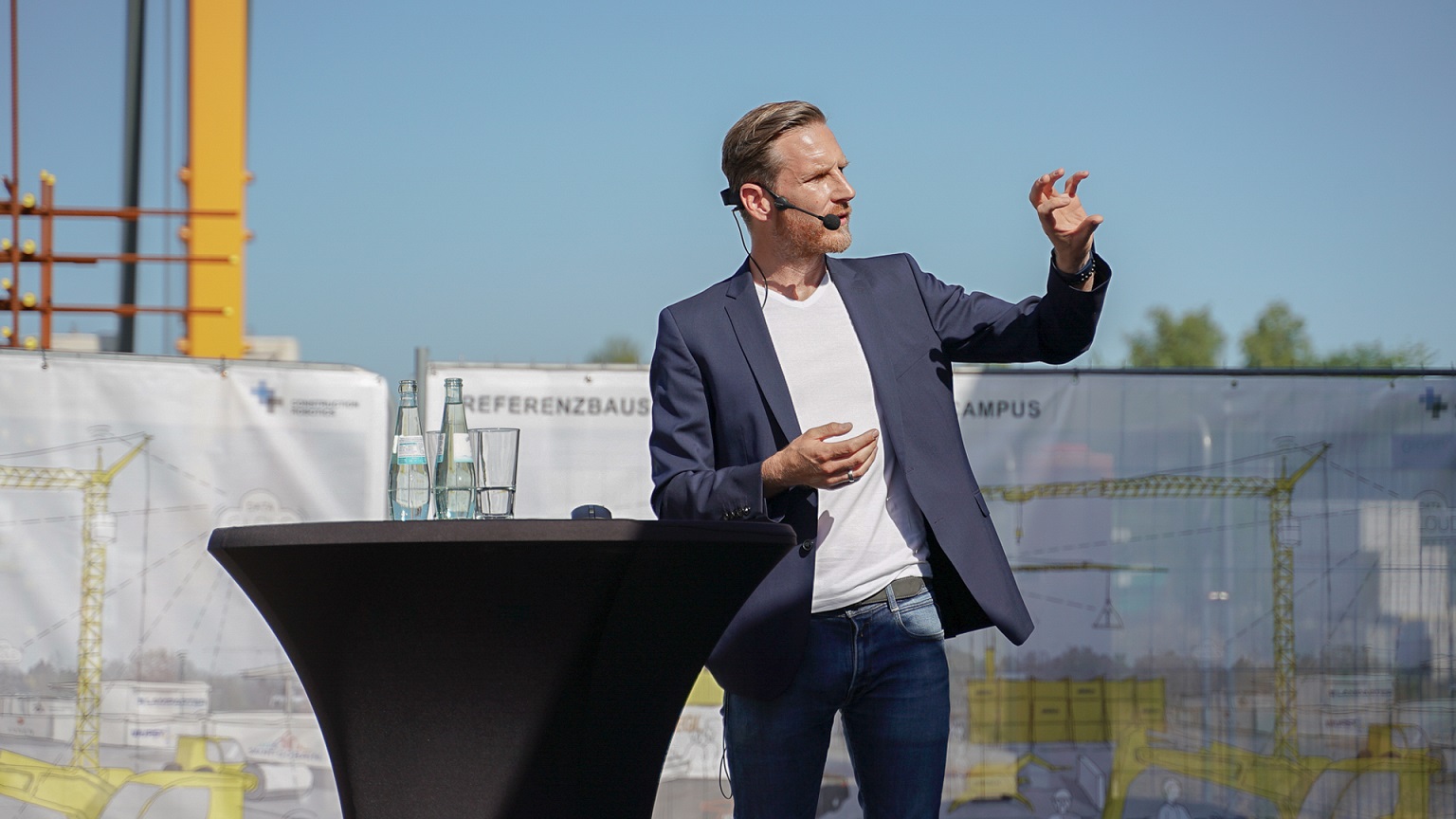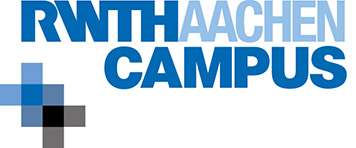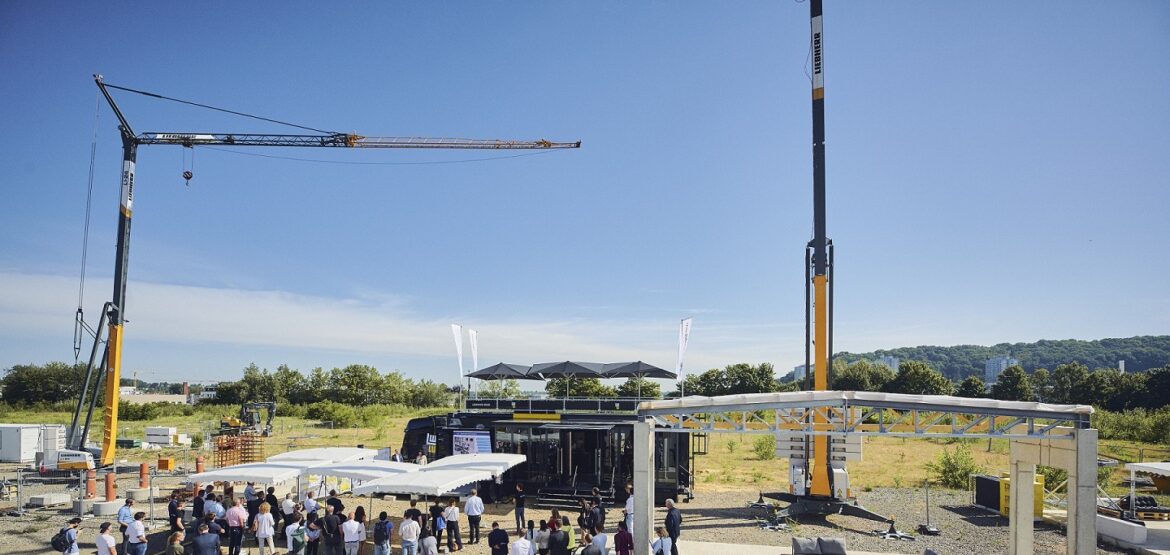29. June 2022
The reference construction site is a platform for the establishment of a far-reaching European as well as regional network for research, industry and teaching cooperation in the field of the transformation of construction: not only partners from the European construction industry but also companies such as start-ups and public institutions or associations will be involved. Prof. Sigrid Brell-Cokcan from the RWTH Chair of individualized production in architecture says: “Only by combining the knowledge and expertise of different disciplines such as mechanical engineering, computer science, civil engineering and architecture will we be able to comprehensively develop a new digital construction environment and digitally transform traditional construction methods.”

CCR

CCR


